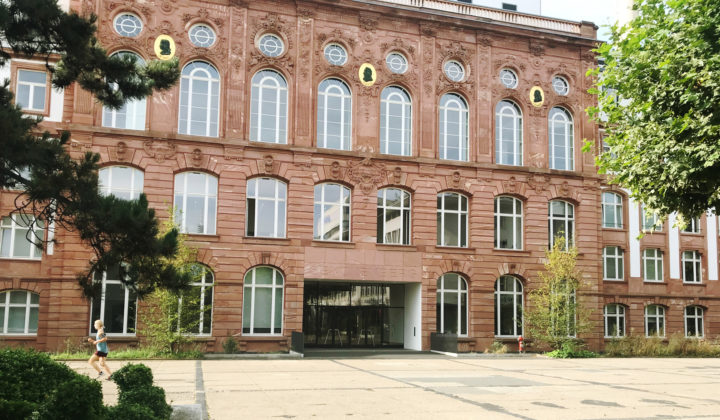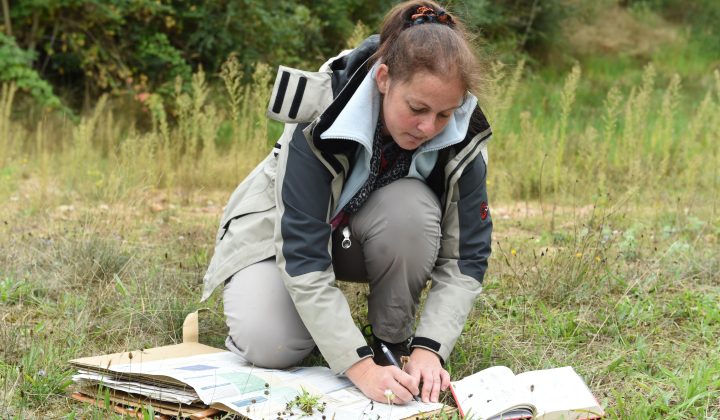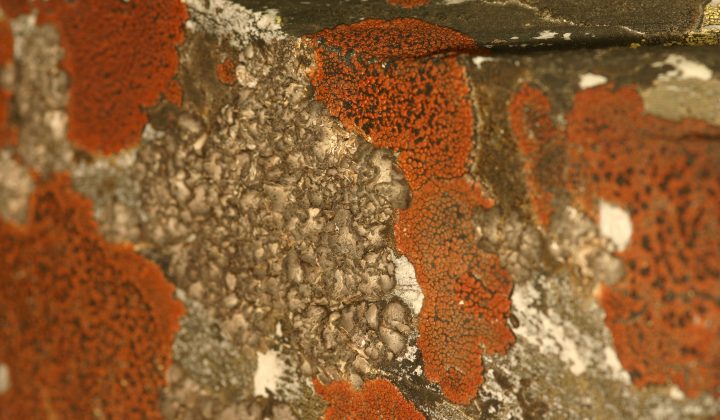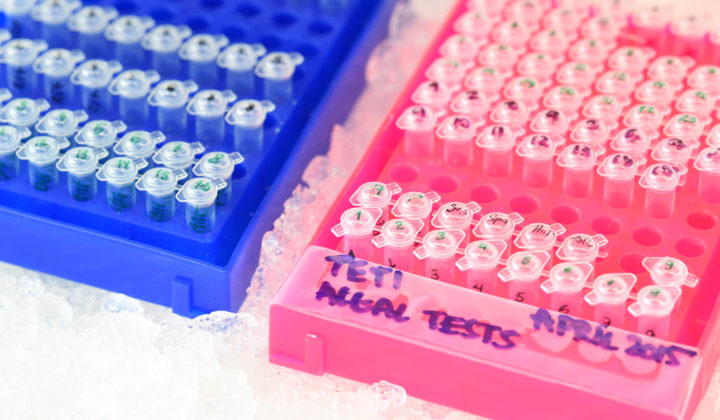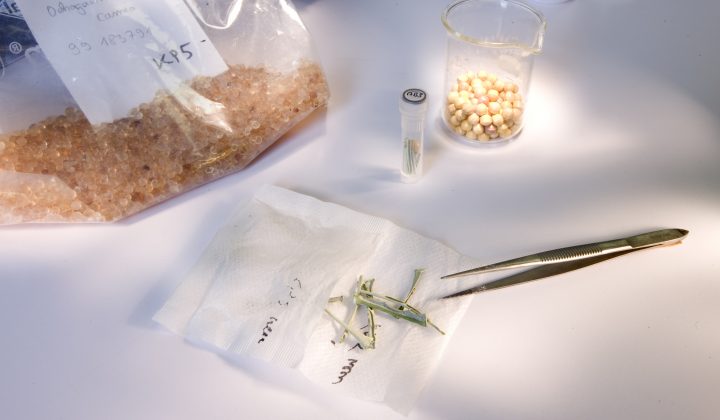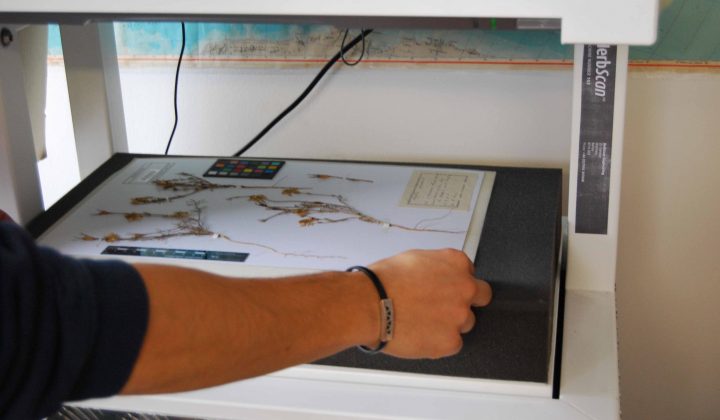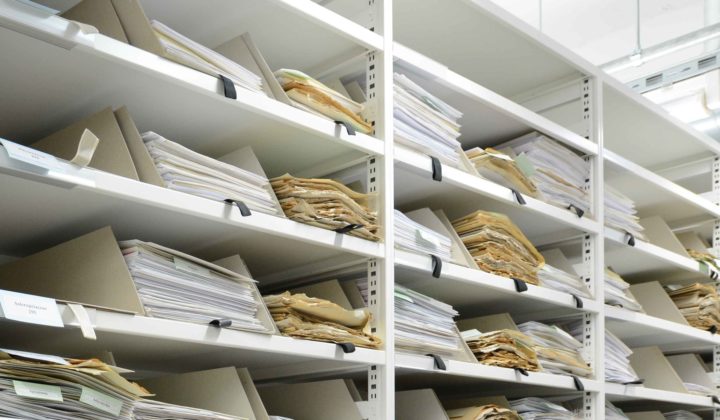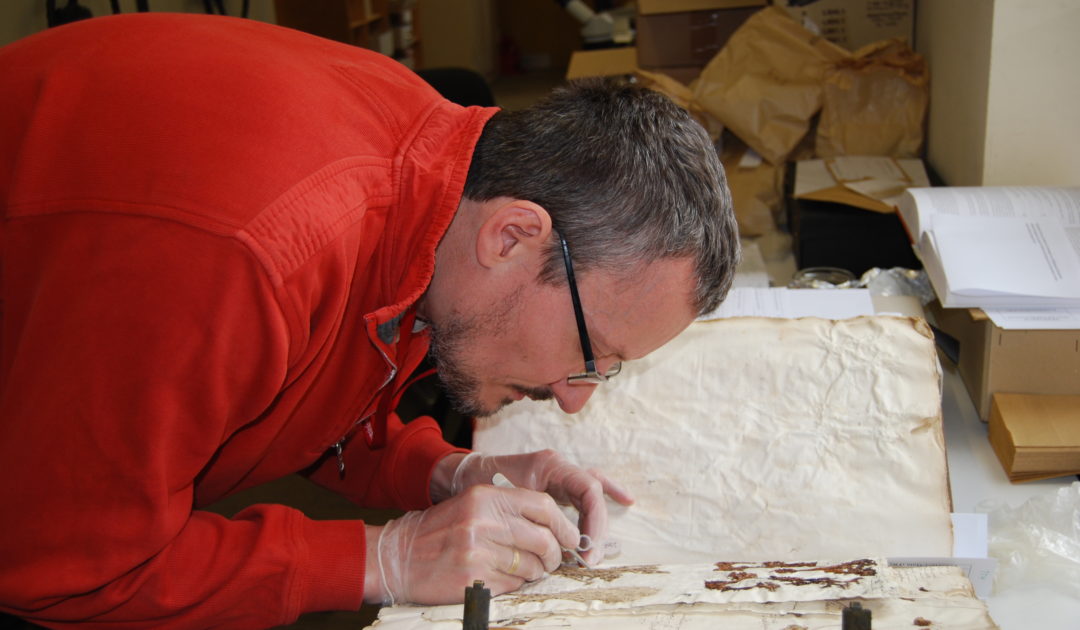
Cooperation between the Goethe University and Senckenberg
A cooperational professorship combines botanical research at the Institute for Ecology, Evolution and Diversity of the Goethe University with the Botany Division at Senckenberg Frankfurt. The working group “Diversity and Evolution of higher plants and lichens” at the university is almost congruent with the the Botany Division at Senckenberg. The Herbarium Senckenbergianum (FR) is one of the larger German herbaria and forms – together with the Grunelius-Moellgaard-Laboratory – the basis for our research and education in systematics, evolution and biogeography of plants and lichens.
Below you find information about our collections, research and projects.
History
No other Senckenbergian discipline dates back so directly to Johann Christian Senckenberg (1707-1772) like botany. His original foundation, the “Dr. Senckenbergische Stiftung” comprised a hospital, an anatomical theatre, the Senckenbergian library and a botanical garden, where a “Stiftsbotanikus” was appointed as botanist and head gardener. The Stiftsbotanikus Johannes Becker (1769-1833) was one of the founding members of the Senckenberg Gesellschaft für Naturforschung (SGN) in 1817 (then: Senckenbergische Naturforschende Gesellschaft) and the society’s first curator for botany. His personal collection formed the main core of the Herbarium Senckenbergianum. The herbarium grew steadily under the following curators for botany, e.g. Georg Fresenius, Theodor Geyler, Adolph Metzler. Several expeditions undertaken under the society’s auspices (e. g. Rüppell to Abyssinia and Arabia, Freyreiss to Brazil) also added important collections.
When Frankfurt University was founded in 1914, the society contributed its botanical and zoological collections to form the biological division. At that time Martin Möbius (1859-1946) was curator (“Sektionär”) of phanerogams of the SGN, and became the first professor of botany of the university, thus also uniting the function of the “Stiftsphysicus” of the “Dr. Senckenbergische Stiftung” in his person. Over the course of time, fields of research at the university and in the SGN diverged, leading to the separation of the institutions. In 1941, Richard Kräusel (1890-1966) was appointed head of the Division of Paleobotany at the SGN. When the herbarium collections were transferred back to the SGN in 1946, the Division of Botany and Paleobotany was formed. In 1966, Hans Joachim Conert succeeded Kräusel as head of this division.
In 1995, an institutionalized cooperation with the Goethe University was re-established by jointly appointing a professor of botany to the university and head of the Division of Botany and Paleobotany (Georg Zizka). In 2004, the Section of Paleobotany was transferred to the Division of Paleontology and Geology. In 2005, the Grunelius-Möllgaard Laboratory for Molecular Evolution was established as part of the division, now named “Division of Botany and Molecular Evolution”.
History in more detail (for english version see page 2)
Herbarium Senckenbergianum
News
Team
Publications
Team
Head of Division

